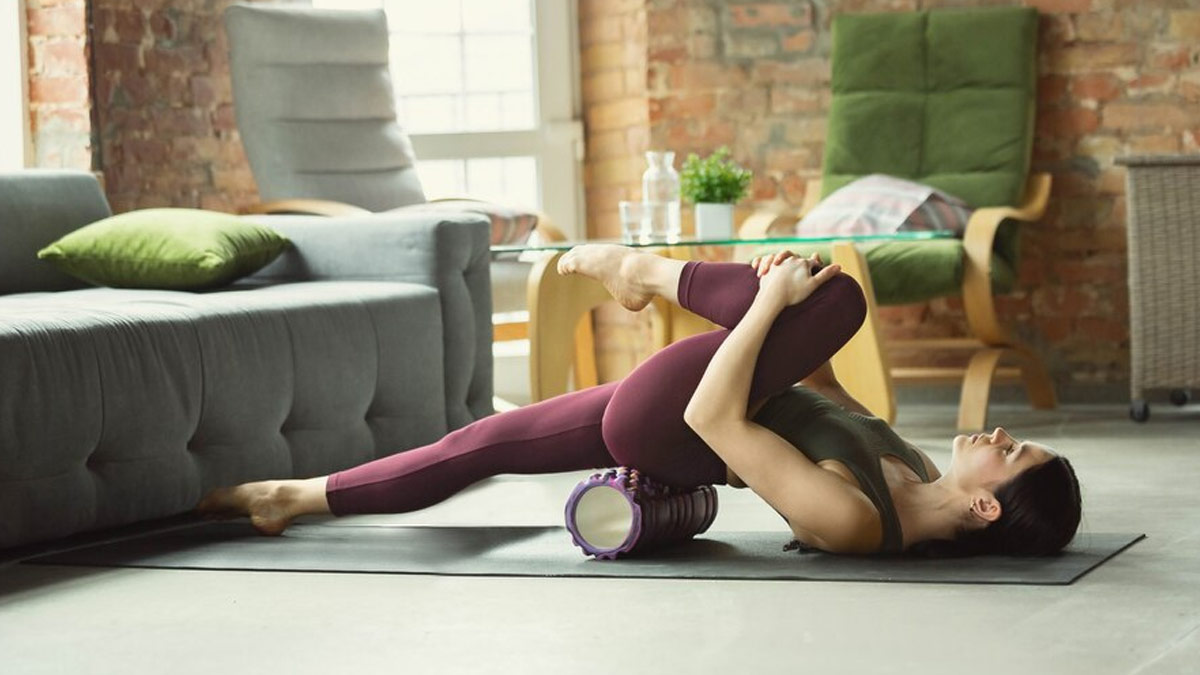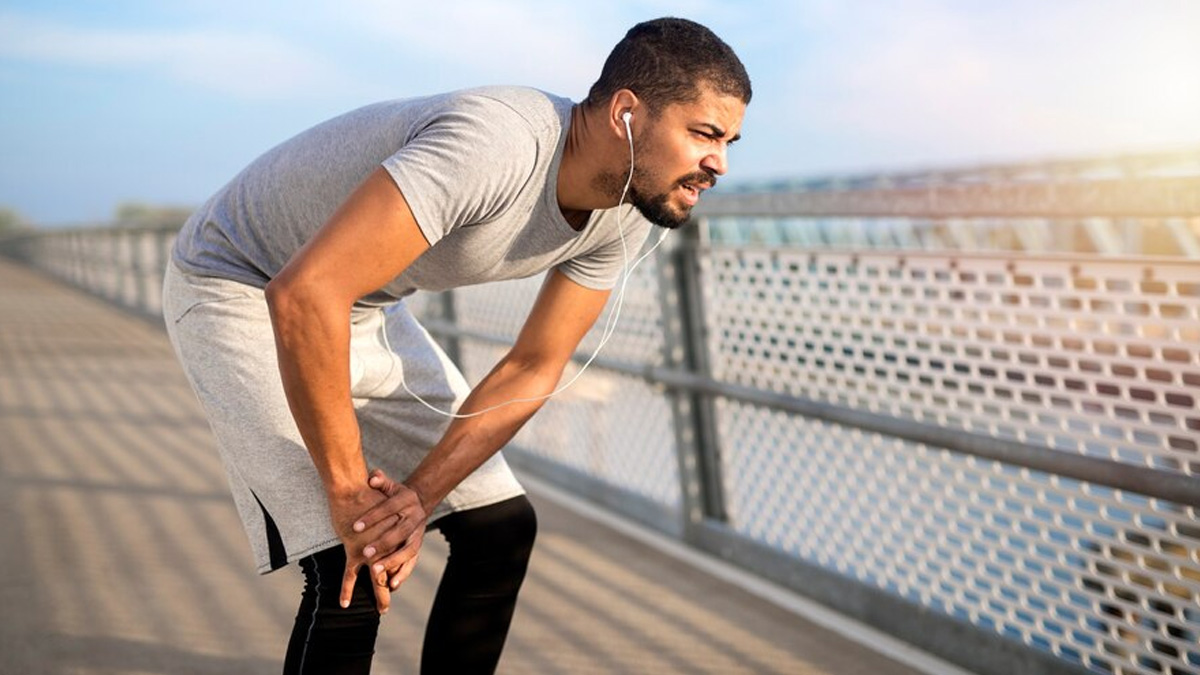
We’ve all heard the phrase, “No pain, no gain.” But is that post-workout soreness really a sign that your fitness journey is on the right track? Or could it be a red flag that something’s off?
Table of Content:-
To decode the truth behind muscle soreness and what it really means for your fitness goals, we spoke to Kapil Dave, Director of Sports at Sharda Hospital, Noida — a seasoned expert in sports science and rehabilitation.
What Causes Muscle Soreness?
“The soreness you feel after a workout, especially if you’ve pushed yourself harder than usual or tried a new activity, is known as Delayed Onset Muscle Soreness (DOMS),” explains Kapil Dave. “It’s a natural response to microscopic damage in muscle fibers, especially from eccentric exercises — where muscles lengthen under tension, like during downhill running or lowering weights.”
For the unversed, DOMS usually kicks in 12 to 24 hours post-exercise and can peak at around 48 hours.

Also Read: Netflix Adolescence: Here's How To Make Sure Your Teenagers' Mental Health Is In Check
Is It a Sign of a Good Workout?
“Not necessarily,” says Dave. “While mild soreness can indicate that your muscles are adapting and becoming stronger, it’s not the only or even the best indicator of an effective workout. In fact, being sore after every workout may point to poor recovery, overtraining, or inadequate warm-up and cool-down routines.”
He adds that a good workout should leave you feeling energised, not incapacitated. If you're consistently sore to the point it affects your daily function or next session, it's time to re-evaluate your routine.
When Should You Worry?
Kapil Dave outlines some warning signs that your soreness may be more than just typical DOMS:
Pain lasting more than 72 hours
Swelling or severe stiffness
Sharp or stabbing pain instead of a dull ache
Loss of range of motion or joint instability
“These could indicate strains, tears, or other injuries,” he warns.

Also Read: World Health Day 2025 In Focus: The Health Time Bombs We Keep Dismissing, Industry Experts Weigh In
The Role of Recovery
“Soreness is a cue, not a goal,” says Dave. “Recovery is just as important as your actual workout. Proper nutrition, hydration, sleep, stretching, and active recovery methods like foam rolling or light cardio can significantly reduce muscle soreness and improve long-term performance.”
He also recommends progressive overload — increasing intensity gradually — to minimize extreme soreness while still challenging the body.
Takeaway: Train Smart, Not Just Hard
So, is being sore after every workout a good thing?
“Not always,” Kapil Dave concludes. “A smart training plan balances intensity with recovery. Instead of chasing soreness, focus on consistency, technique, and overall progression. That’s the real marker of success.”
Next time you leave the gym, remember: It’s okay not to hurt — it might just mean you’re doing it right.
Also watch this video
How we keep this article up to date:
We work with experts and keep a close eye on the latest in health and wellness. Whenever there is a new research or helpful information, we update our articles with accurate and useful advice.
Current Version